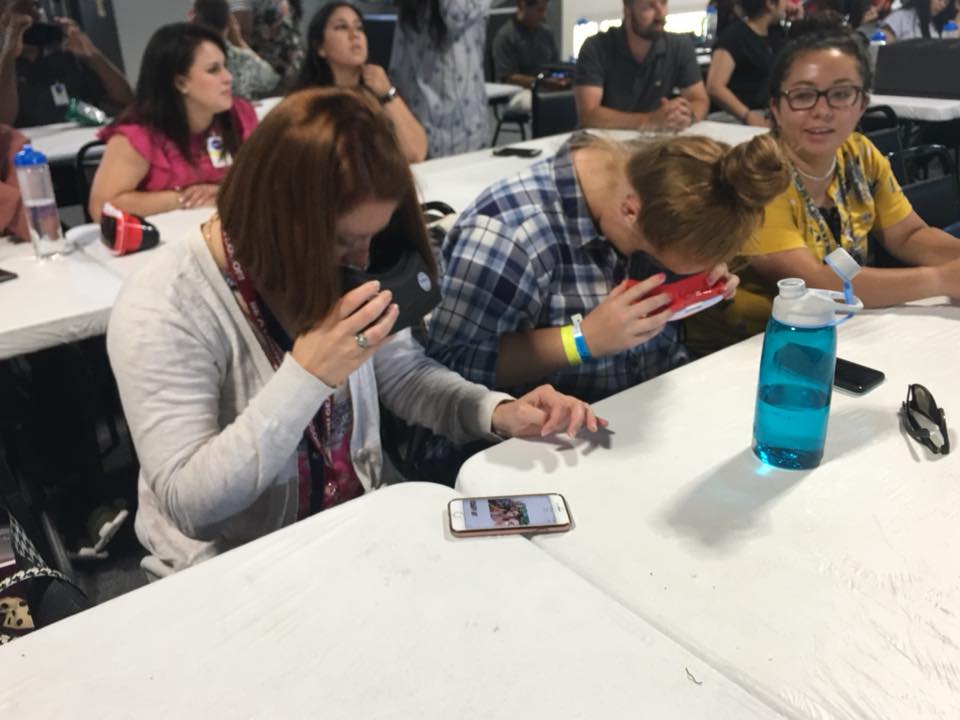Today I learned that some of the characteristics that earth has such as wind, volcanos, water, and impacts other terrestrial planets may have the same characteristics. For example impacts which of course are usually the cause of some form of a meteorite that smashes into the ground causing a crater in the surface of the Earth or Mars or the moon. These impacts all have the same characteristics which help you determine that it is in fact an impact.
We were taught different activities to use in our classrooms that show the students these. As well as expanding on using the 5E model lesson plan!

This allows the students to fully be engaged while exploring. The students have the opportunity participate in trial and error. But as along as the students can give solid evidence as to why they think it is an impact or water or wind then there is no wrong answer. Of course if we are talking about the moon then we know there is no water so there are no rivers and there for those would be volcanic lava flows.
Published by

Dr. Jennifer Miller-Ray
Jennifer Miller-Ray, PhD. is a cognitive scientist, curriculum designer and learning expert specializing in literacy, STEM K-12 integration initiatives, makerspace instructional design, pedagogy, and digital resources. Currently, she serves as an assistant professor in reading in the College of Education at Sul Ross State University. She has designed literacy and makerspace events for NASA launch parties held at the Kennedy space center, NASA STEM camps, and for the Perot Museum. Dr. Miller has received multiple NASA, state, and community grants to fund STEM research programs. In addition, Dr. Miller has developed two Massive Open Online Courses through Canvas's Open Network highlighting NASA MMS Education Outreach programs. Dr. Miller has successfully implemented research initiatives to study student attitudes and perspectives during STEAM camp and in a middle school robotics program the last three years with the University of North Texas. Dr. Miller's research centers around a makerspace project-based learning model in which elementary and middle school students connect curriculum content to informal makerspace activities to make an artifact serving the career role of a journalist, scientist, engineer, or journalist. Recently, her dissertation initiatives, funded through a NASA grant and local library public school program, were highlighted as the innovative research project in the University of North Texas's January 2017 RESEARCH magazine.
View all posts by Dr. Jennifer Miller-Ray


